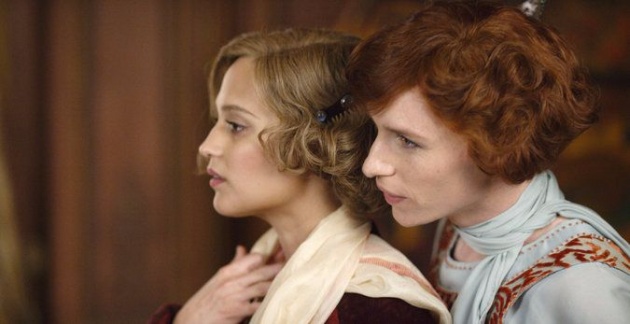In one scene in “The Danish Girl,” due in theaters Friday, Nov. 27, the 1920s Danish artist Gerda Wegener (Alicia Vikander) gazes intensely at her canvas as she paints a portrait of a nude woman stretched out languidly in a classical pose.
The beautiful model is Gerda’s artist husband, Einar Wegener (Eddie Redmayne), who has just started stepping out in public as a woman, to be known later as Lili Elbe. Erotically charged, the painting is ahead of its time, as were the real-life subjects of the film, Wegener and Elbe, one of the earliest patients to undergo sex reassignment surgery, in 1930.
“In this moment in the movie, through this painting, we can see how Lili and Gerda’s stories are both of a Danish tradition, and also far ahead of that tradition,” said David Ebershoff, author of the 2000 novel  which was adapted for the film. “A women’s rights movement was playing out in Denmark somewhat simultaneously to their lives.”
which was adapted for the film. “A women’s rights movement was playing out in Denmark somewhat simultaneously to their lives.”
Despite being an American and British production, “The Danish Girl” — directed by Tom Hooper (“The King’s Speech”) — is the latest in a long line of sexually adventurous Danish stories exploring gender equality and identity. That tradition has been spurred on by other Danish firsts. It was the first country in the world to legalize printed pornography, in 1967; in 1969 it lifted censorship of all movies for adults. It was also the first to legalize same-sex civil unions, in 1989. (Same-sex marriage was sanctioned there in 2012.)



